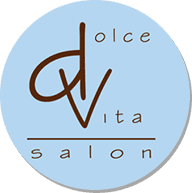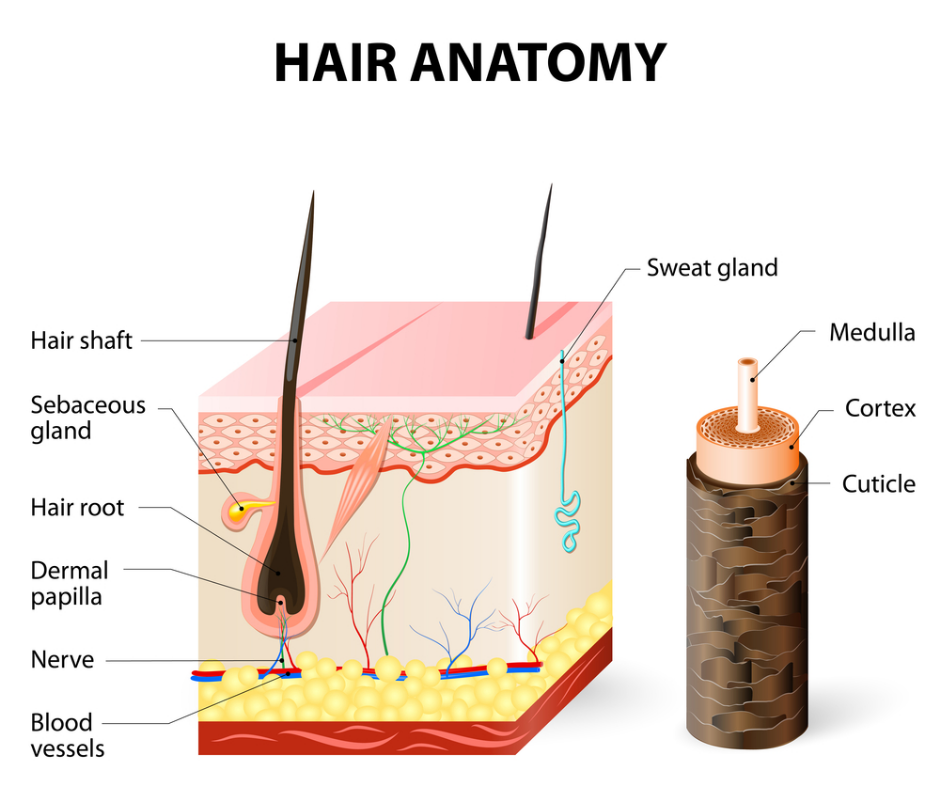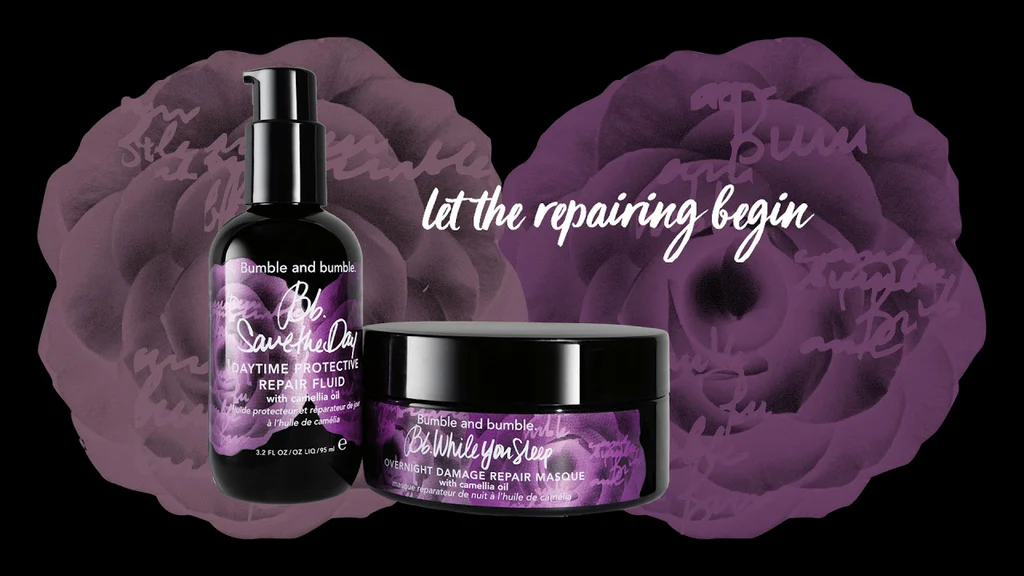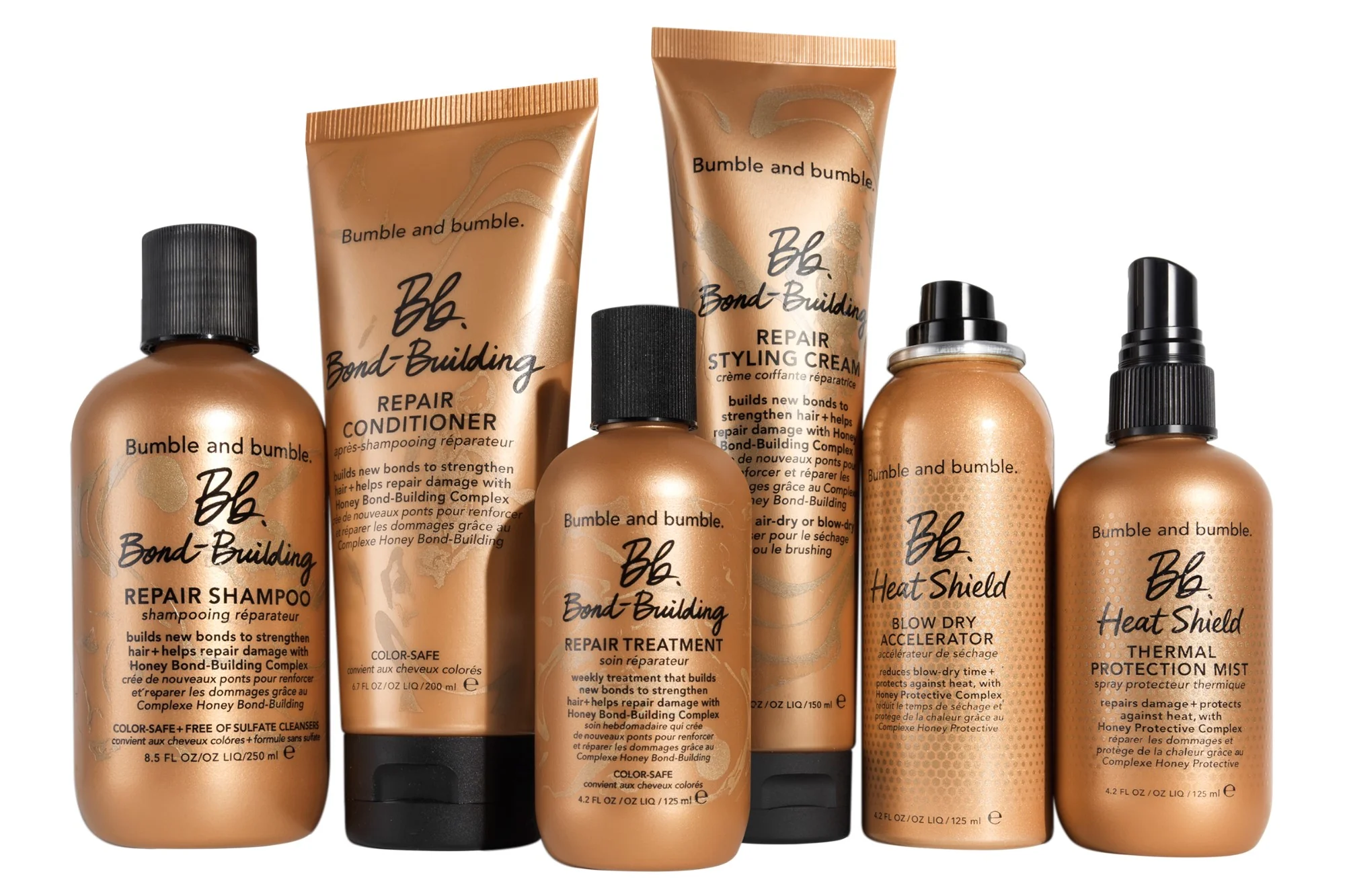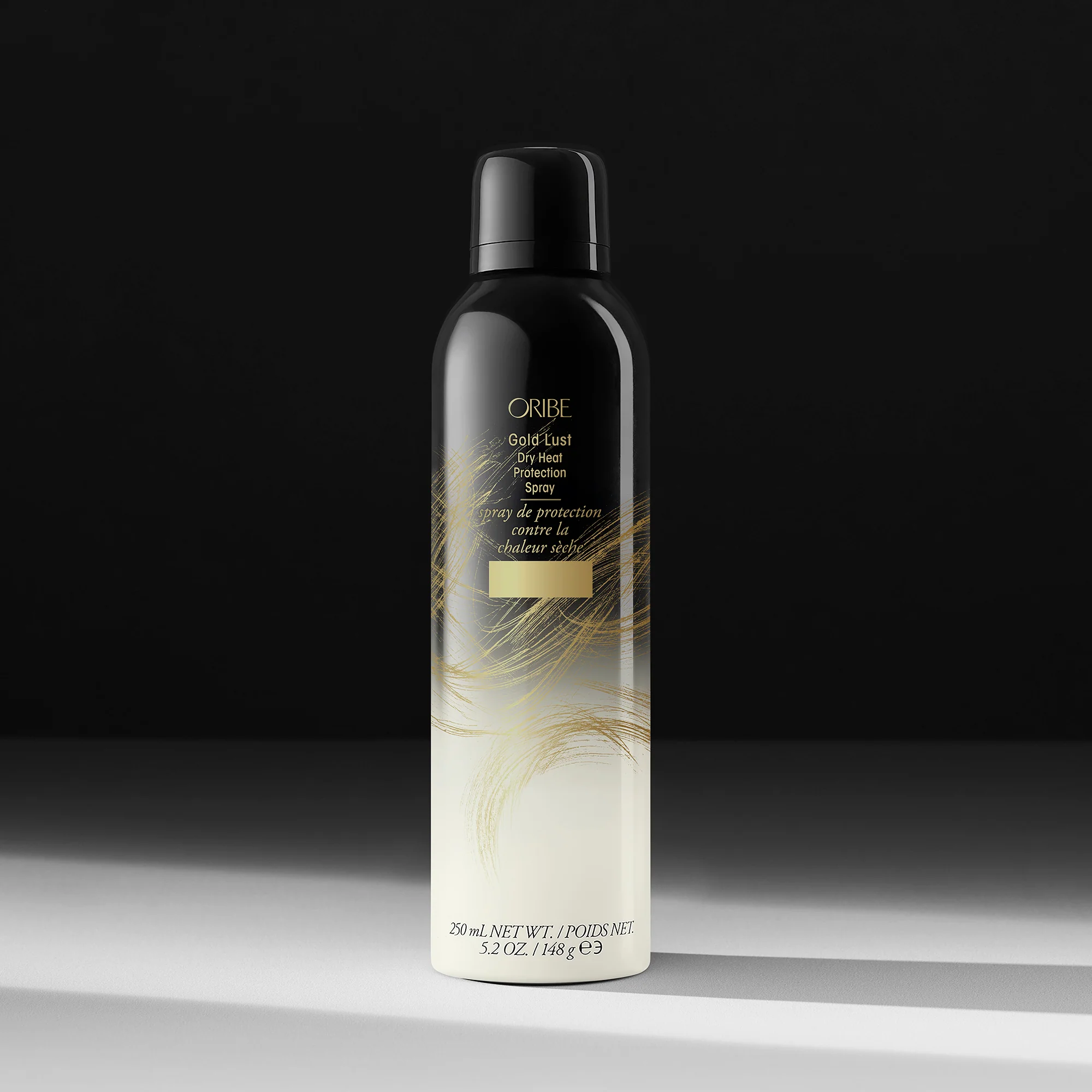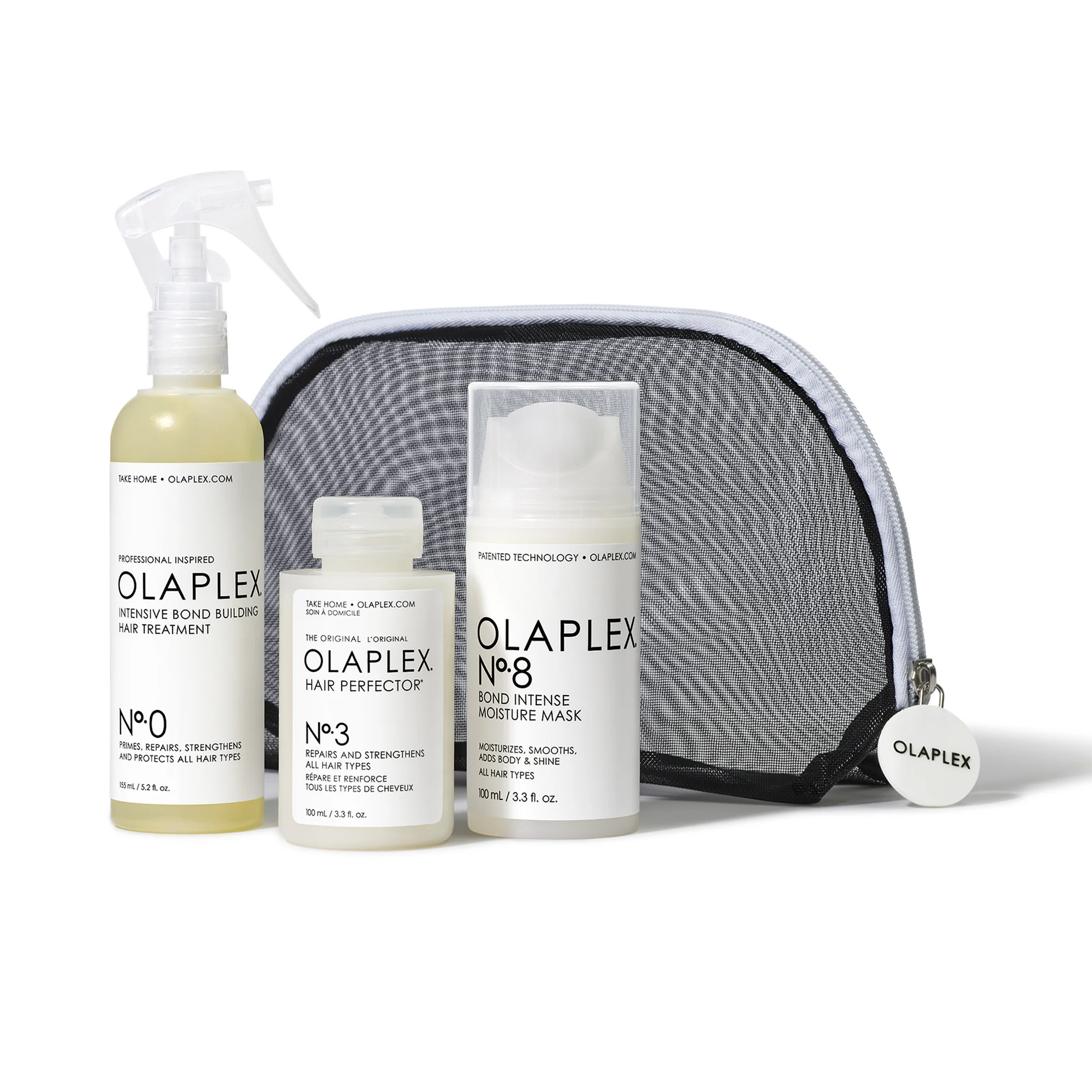How to Fix Heat Damaged Hair and Prevent Future Damage
Heat damage occurs when hair is exposed to excessive heat, causing irreversible changes the hair’s structure. Hair is primarily made up of a protein called keratin, and excessive heat can damage this protein structure, leading to weakened, dry, and brittle hair.
Common causes of heat damage
- Overuse of Styling Tools: Frequent use of flat irons, curling irons, blow dryers or any hot tools can cause heat damage if not used properly or if the hair is not adequately protected.
- Excessive Sun Exposure: Prolonged exposure to the suns UV rays can dry out hair and weaken its structure.
- Hot Water Washing: Washing hair with hot water can strip away natural oil, leading to dryness and damage.
Importance of Addressing and Preventing Heat Damaged hair
Ignoring heat damage can lead to long-term consequences such as chronic dryness, breakage, and changes in hair texture. Addressing and preventing hair damage helps maintain healthy, strong hair and reduces the need for drastic measures like cutting off damaged ends. You want to focus on your hair’s health to repair damaged hair.
Understanding Heat Damage
The Science Behind Heat Damage
- Hair Structure and How Heat Affects It:
- Cuticle: The outer layer of the hair that protects the inner layers. Heat can lift the hair cuticle, making the hair more susceptible to damage.
- Cortex: The middle layer that contains the keratin and gives hair its strength and color. Excessive heat can weaken the keratin bonds in the cortex.
- Medulla: The innermost layer of a hair strand, which may not always be present in all hair types. Heat typically has less direct impact on this layer.

- Impact on Protein Bonds and Moisture Balance:
- Breaking of Keratin Bonds: Heat can break the hydrogen bonds that hold the keratin structure together, leading to weakened hair.
- Loss of Natural Oils and Moisture: Excessive heat can strip hair of its natural oils, leading to dryness and frizz.
Signs of Heat-Damaged Hair
- Visual Indicators:
- Dullness and Lack of Shine: Damaged hair often looks lackluster and dull. Healthy hair is shiny and bouncy.
- Split Ends and Breakage: The ends of the hair may split, and you may experience more breakage. Hair will have a straw like texture.
- Changes in Natural Curl Pattern: Heat damage can alter your hair’s natural curl or wave pattern. You hair would begin to have a very rough texture.
- Textural Changes:
- Dryness and Brittleness: Damaged hair may feel rough and brittle to the touch.
- Increased Porosity: Hair may absorb moisture more quickly but also struggle to retain moisture.
- Loss of Elasticity: Damaged hair may lack the ability to stretch and bounce back.
Levels of Heat Damage
- Mild Damage: Slight dryness and a few split ends on your hair shaft
- Moderate Damage: Noticeable dryness, frizz, and loss of natural texture.
- Severe Damage: Brittleness, extensive breakage, and significant texture changes.
Fixing Heat-Damaged Hair
Immediate Actions
- Assessing the Damage: Determine the extent of damaged hair by evaluating dryness, breakage, and texture changes. These are the telltale signs of heat damaged hair.
- Trimming Damaged Ends: Regular trims help remove split ends and prevent further breakage. Generally, trimming 1-2 inches is recommended depending on the damage.
- Heat Protectant: Use a heat protectant when using a blow dryer or hot tools on your hair. Bumble and Bumble Thermal Protection Mist is a great option.
Hair Care Routine
- Choosing the Right Shampoo and Conditioner:
- Ingredients to Look For: Products with keratin, argan oil, and biotin can help restore strength and moisture.
- Sulfate-Free Options: These are gentler and less likely to strip natural oils.
- Recommendations: We recommend using the Bumble and Bumble bond shampoo and conditioner. As well as the Olaplex Bond Shampoo and Conditioner.
- Deep Conditioning Treatments:
- Frequency of Use: Once a week or more frequently if the hair is extremely damaged.
- Application Techniques: Apply generously, focusing on the ends, and leave it in for the recommended time for best results.
- Leave-In Conditioners and Oils:
- Best Oils: Bumble and Bumble Repair treatment, BB Bond Building Repair Oil Serum, Any Olaplex bond oil, BB While you Sleep Overnight mask and Daytime Protective Repair Fluid.
- How to Apply: Use sparingly to avoid weighing down hair. Focus on the ends and avoid the roots.

Bond-Building Treatments
- Understanding Bond Builders:
- How They Work: Bond building treatments repair and strengthen hair by reconnecting broken internal bonds (like disulfide bonds) caused by damage. They restore strength, elasticity, and overall health, making hair more resilient and less prone to breakage. Apply to damp hair, let it process, then rinse.
- Use products like Olaplex or K18 to help to rebuild broken keratin bonds in the hair.
- How to Use Bond-Building Products:
- Step-by-Step Guide: Follow the instructions provided with the bond building treatment, usually involving application to wet hair, leaving it on for a set time, and then rinsing.
- We recommend using Bumble and Bumble Bond repair treatment. They have a whole line dedicated to bond building.

- Essential Oils for Hair Repair:
- Best Oils: Lavender and rosemary oils can promote healing and stimulate hair growth. Argan, coconut oil and jojoba oil are excellent for heat-damaged hair.
- How to Incorporate: Add a few drops to your regular conditioner or mix with a carrier oil and apply to the scalp and hair.
Professional Treatments
- In-Salon Repair Treatments: These treatments can help fix heat damaged hair.
- Keratin Treatments: These can help restore smoothness and shine.
- Protein Treatments: Strengthen and repair the hair’s protein structure.k
- Brazilian Split End Treatment: seal split ends and repair the hair by coating the hair with a protective layer, reducing breakage and improving smoothness. It temporarily prevents further splitting and enhances overall hair appearance.
- When to Consider a Big Chop:
- Signs: If the hair is extensively damaged and no longer responds to treatments, a big chop may be necessary to start fresh.
Preventing Future Heat Damage
Heat Styling Best Practices
- Proper Use of Heat Protectants:
- How They Work: Heat protectants create a barrier between your hair and the styling tool to reduce damage.
- Application Techniques: Apply evenly to damp hair before blow drying or using heat tools to prevent further heat damage
- Recommendations: Bumble and Bumble Thermal bond spray works on damp or dry hair. If you style dry then use Oribe Gold Lust Dry Heat Protection Spray.

- Adjusting Heat Settings on Styling Tools:
- Ideal Temperature Ranges: Lower temperatures for fine or damaged hair and high temperatures for thicker hair. Do NOT use the max heat setting on your hot tools or flat iron so you don’t produce further damage
- Limiting Frequency of Heat Styling:
- Guidelines: Aim to use hot tools no more than 2-3 times a week. Avoid using extreme heat on heat damaged hair. use the lowest heat setting while blow drying your hair.
Alternative Styling Methods
- Heat-Free Styling Techniques: (BB don’t blow it or alchemy heatless styling balm)
- Air Drying: Gently towel-dry hair and let it air dry naturally.
- Heatless Curling Methods: Use rollers or braiding techniques to achieve curls without heat.
- Air Dry Creams: You can use leave in air dry creams on wet hair to help tame frizz and restore moisture. We recommend Bumble and Bumble Don’t Blow It (fine or thick) cream or the Oribe Hair Alchemy Heatless Styling Balm.

- Protective Hairstyles:
- Styles: Braids, buns, and twists can protect hair from heat and environmental damage.
Maintaining Overall Hair Health
- Balanced Diet and Hydration:
- Nutrients: Ensure a diet rich in vitamins and minerals essential for healthy hair, such as biotin, vitamin E, and omega-3 fatty acids.
- Regular Trims:
- Frequency: Trim hair every 6-8 weeks to maintain health and prevent split ends.
- Protecting Hair While Sleeping:
- Silk or Satin Pillowcases: Reduce friction and minimize breakage.
- Nighttime Hair Wrapping: Use a silk scarf or bonnet to protect hair.
Products and Tools for Heat-Damaged Hair
Recommended Shampoos and Conditioners
- Top Products: Look for those tailored for damaged hair, such as those from brands like Olaplex, Bumble and Bumble or Oribe.

Best Heat Protectants
- Sprays, Serums, and Creams: Choose products that suit your hair texture and provide effective heat protection.
Deep Conditioning Masks
- Use hair masks with nourishing ingredients or make your own with natural ingredients.
Leave-In Treatments
- Products for Daily Moisture and Protection: Look for leave-in conditioners and serums designed to hydrate and protect to avoid breakage.
Gentle Styling Tools
- Heat Styling Tools: Invest in tools with adjustable heat settings and ceramic or tourmaline plates to minimize damage.
- Non-Heat Styling Accessories: Use hair rollers, clips, and braids to style without heat.
Hair Care Tips for Different Hair Types
Caring for Heat-Damaged Curly Hair
- Use Moisturizing and Curl-Enhancing Products: Choose shampoos, conditioners, and styling products designed for curly hair that provide hydration and define curls without weighing them down.
- Avoid Heat Styling: Minimize or limit the use of heat tools like curling irons or blow dryers. Opt for heat-free methods to style your curls.
- Regularly Deep Condition: Apply treatments weekly to restore moisture, strengthen hair, and improve elasticity.
- Trim Regularly: Regular trims help remove split ends and reduce breakage.
- Protect Your Hair: Use protective hairstyles and avoid harsh handling to prevent further damage.
Repairing Straight Hair After Heat Damage
- Smoothing Treatments: Use products that help smooth and manage frizz.
- Dealing with Frizz and Flyaways: Apply anti-frizz serums and oils to keep hair sleek. Use oils sparingly if you have fine hair.
Special Considerations for Color-Treated Hair
- Protecting Color While Repairing Damage: Use color-safe shampoos and conditioners to preserve your hair color.
- Color-Safe Product Recommendations: Look for products specifically designed for color-treated hair to avoid stripping the color.
- Heat: High heat settings on styling products actually change the color of your dyed hair. For blondes, high heat makes the hair turn yellow and brassy.
Final Thoughts
Heat damage can be managed and prevented with the right care and products. Immediate actions include trimming damaged ends and overhauling your hair care routine. Prevent future damage by using heat protectants, nourishing oils, limiting heat styling, and exploring alternative styling methods.
FAQs
How long does it take to repair heat-damaged hair? 2-6 months, depending on damage severity and care routine.
Can heat-damaged hair ever fully recover? Mild to moderate damage can recover well with care. Severe damage may require trims and ongoing maintenance.
Is it necessary to cut off all damaged hair? No, trimming the most damaged ends is usually sufficient.
How often should I use deep conditioning treatments? Once a week is typical; increase frequency for more damaged hair.
Can I still use heat styling tools while repairing my hair? Limit use. If necessary, apply a heat protectant and use the lowest effective temperature.
What’s the best way to air dry hair without frizz? Pat dry with a soft towel, use a leave-in conditioner, use an air dry cream and avoid over-touching while drying.
How can I tell if my hair is protein sensitive? If hair feels brittle, dry, or breaks easily after protein treatments, it may be protein sensitive.
Are salon treatments worth the cost for repairing heat damage? Yes, for severe damage. Professional treatments can provide intensive repair.
Can supplements help with hair repair and growth? Biotin, omega-3s, and vitamins can support hair health, but consult a healthcare provider first.
How do I transition from heat-damaged to natural hair? Trim regularly, limit heat exposure, use nourishing treatments, and consider protective styles. Yes, for severe damage. Professional treatments can provide intensive repair.
